Medieval Life 106 – Spinsters and Spinners
Spinsters and Spinners
Wilcume dear Knights and all ye visitors to Camelot. On this day we shall learn about the great spinners and spinsters of Camelot.
In Medieval times the people mostly wore simple clothes made of wool. The peasants would often shear their own sheep and then wash the fleece. They then would comb out the tangles and align the fibers using combs or cards, which were wooden paddles with fine teeth. At this point, however, the clean wool had to be taken to a spinster or spinner in order for it to be turned into yarn.
Women who spin yarn are spinsters and men who spin yarn are known as spinners. In the Middle Ages spinners were not as common. Often in a family business, the wife was the spinster and her husband was the weaver who would weave the yarn into cloth.
Under one arm, the spinster would first wind a mass of the fluffy woolen fleece around the distaff, which was a wooden rod with a forked end. Then with the other hand she would pull, while twisting, some fiber out into a thread till it was long enough to tie to the spindle. The spindle, shaped like a top, would then spin. The weight at the bottom kept the fibers pulling through her fingers.
Later on in the Middle Ages spinning wheels began to replace distaffs and spindles. However the drop spindle continued to be used because the great wheel produced inferior thread.
Besides wool, spinsters could spin flax (which produces linen), hemp or ramie (stinging nettle fibers). In the Middle East camel hair was used for clothing and tents.
The word "spinster" comes from the Middle English, "spinnestere", a woman who spins, 1325–75. During Medieval times this was one of the few livelihoods available to a woman that allowed her to live independently. Often spinsters were single women. It was not until around 1719 that the word "spinster" began to mean woman still unmarried and beyond the usual age for it.
Thou art a fine student.
Your Teacher,
Merlin
University of Camelot (U of C)
Read more Medieval Life

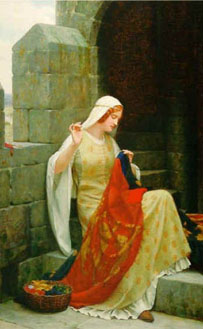
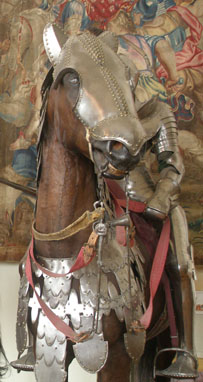


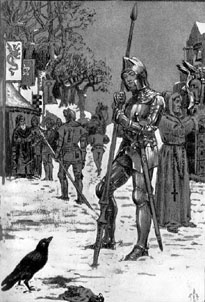
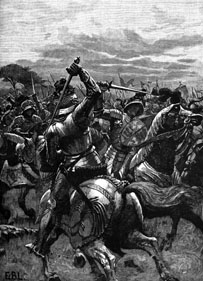








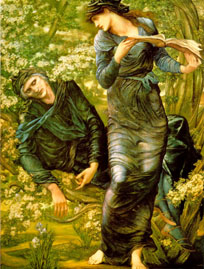
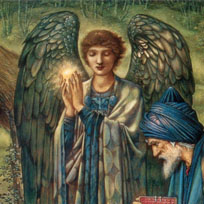
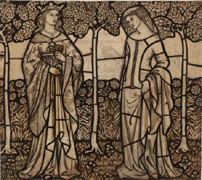

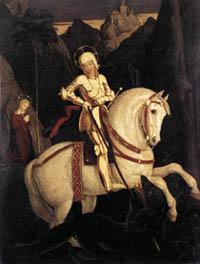
Comments